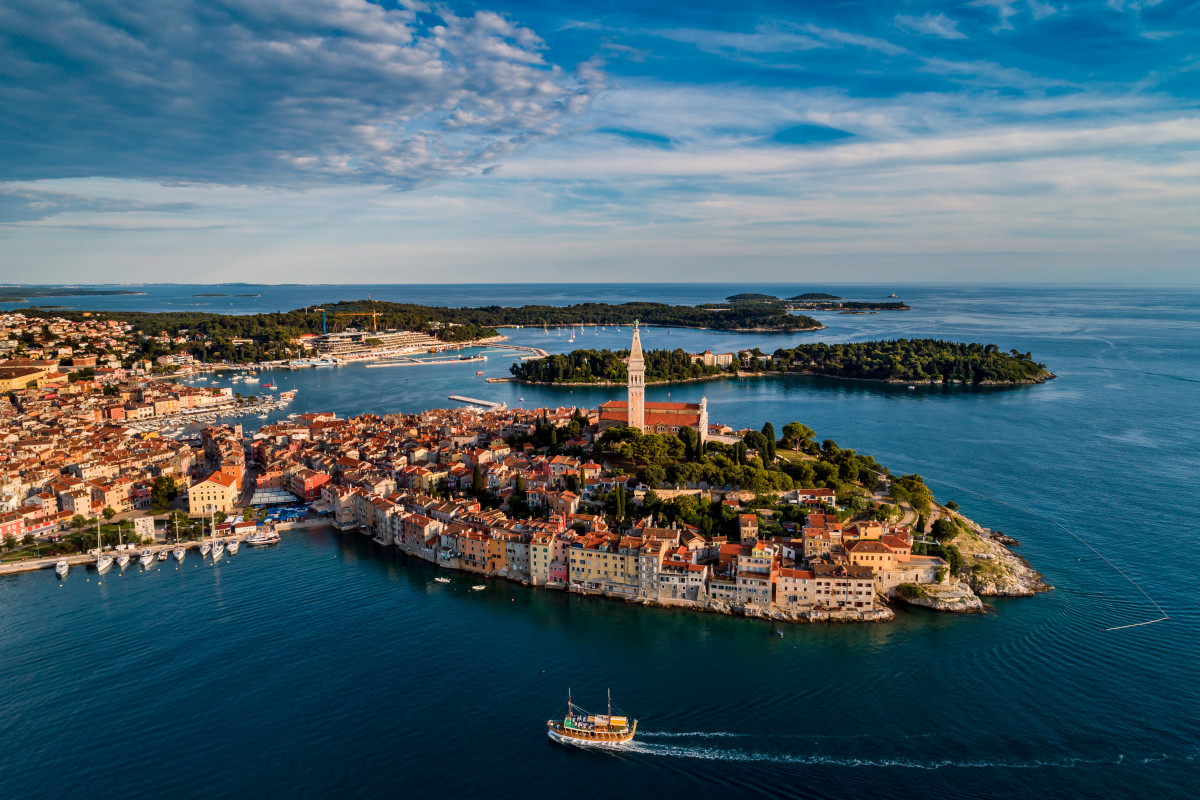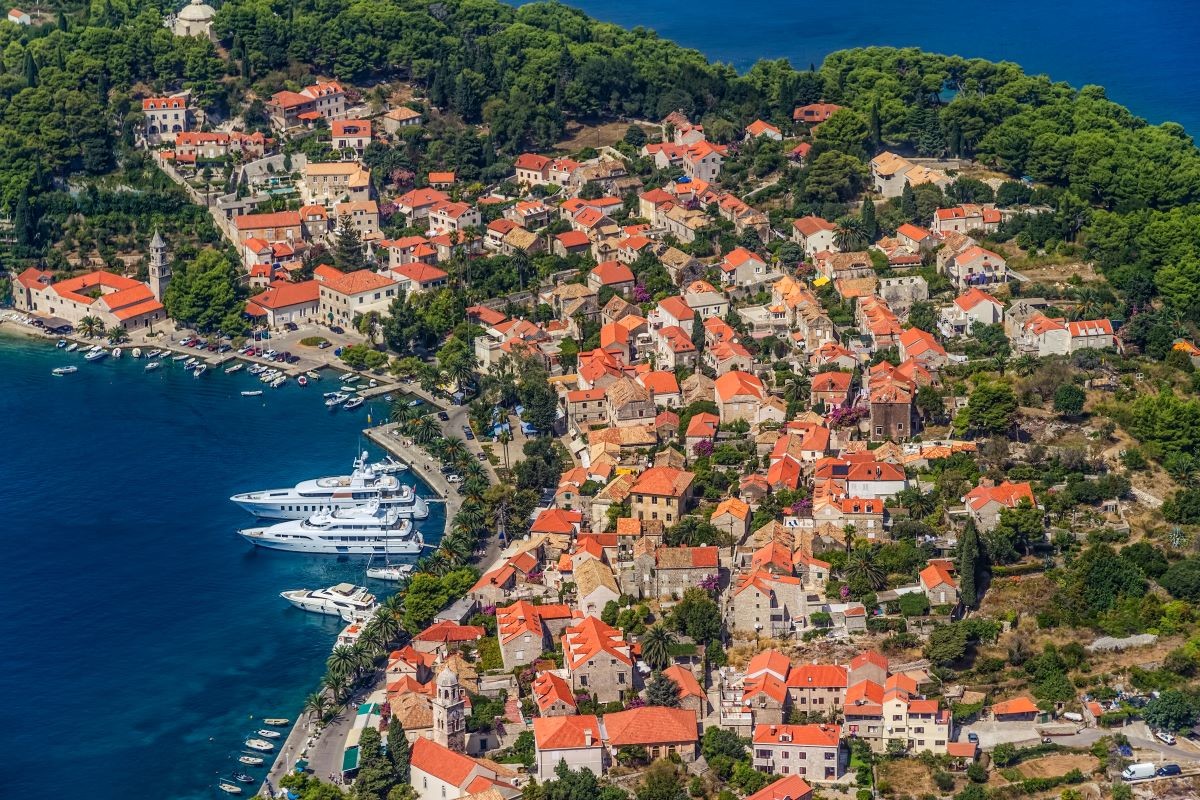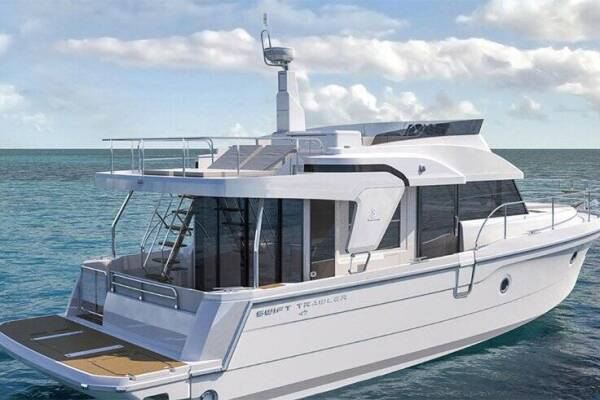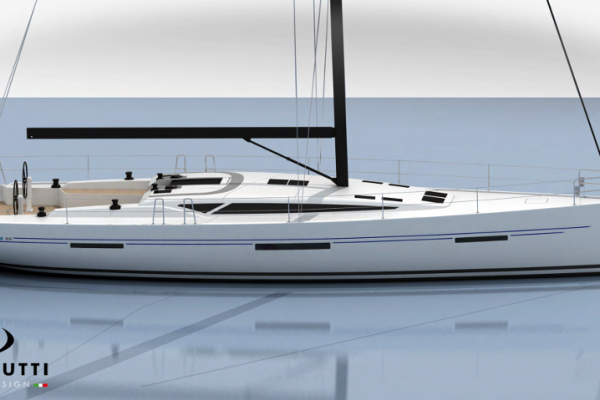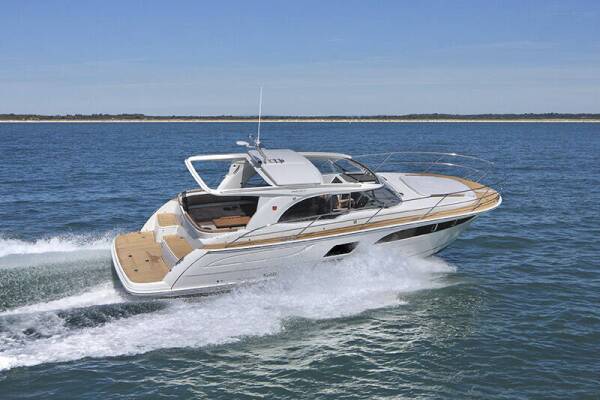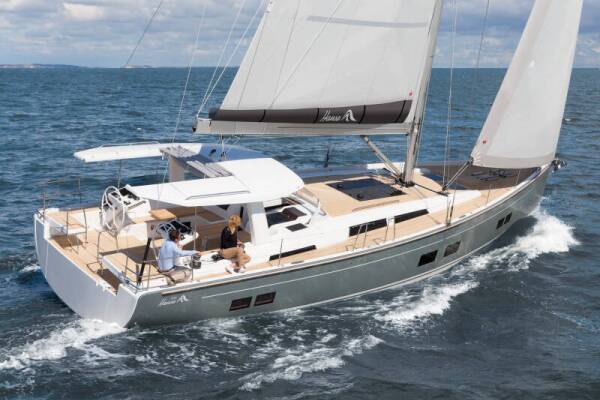Croatia Yacht Charter: Discover the Best Kept Secret of the Adriatic
Would you like to book a yacht charter in an exceptional destination? Then Croatia is the place for you. Sailing in this stunning country will captivate sailors of all levels with its breathtaking scenery, vibrant culture, and fascinating history. Over 1,000 islands dot the Adriatic Sea, creating an idyllic environment rich in culture and fascinating history.
By chartering a yacht, you can explore Croatia's coastline at your own pace, discovering hidden coves, secluded beaches, and charming seaside towns. Having the freedom to hop from island to island daily will allow you to make the most of your vacation. Whether you’re an experienced sailor or a novice, Croatia’s sailing regions have something to offer everyone.
The best way to explore the islands, hidden coves, and secret bays is by boat. You can wake up on a different island every day by chartering a yacht. Explore authentic small fishing villages and experience the islands’ traditional way of life.
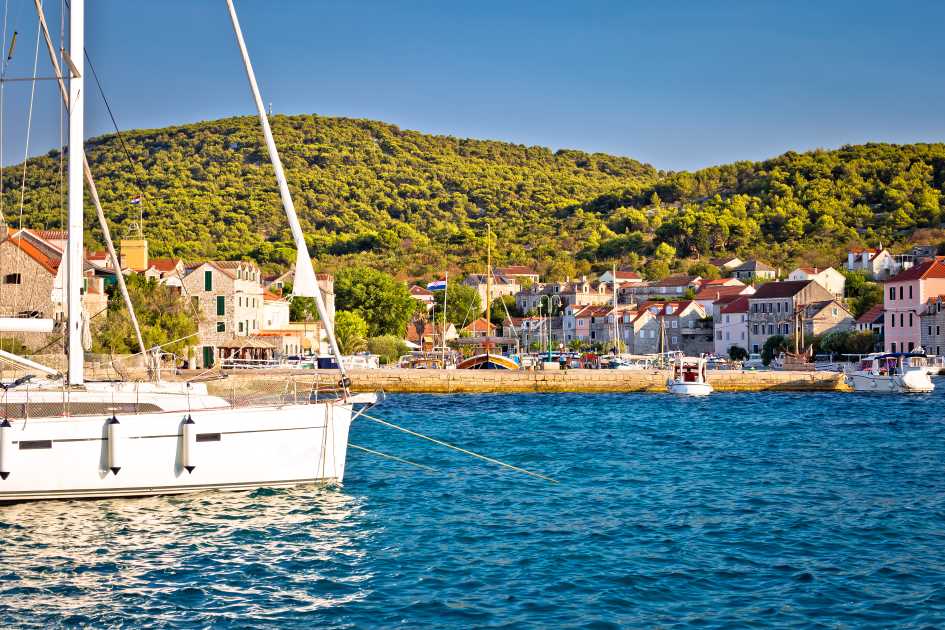
Zlarin village, on the island of Zlarin, Šibenik Archipelago
1. Choosing the right Yacht for Charter in Croatia
Selecting the perfect yacht is a pivotal aspect of planning your Croatian adventure. Yacht charters in Croatia cater to a diverse range of preferences, from luxurious motor yachts to classic sailing vessels. Consider factors such as group size, desired amenities, and level of sailing experience when choosing the ideal vessel. Charter companies in Croatia offer a fleet of well-maintained boats with varying capacities, ensuring there's a perfect match for every type of seafarer. Find out how to choose the right yacht for charter here.
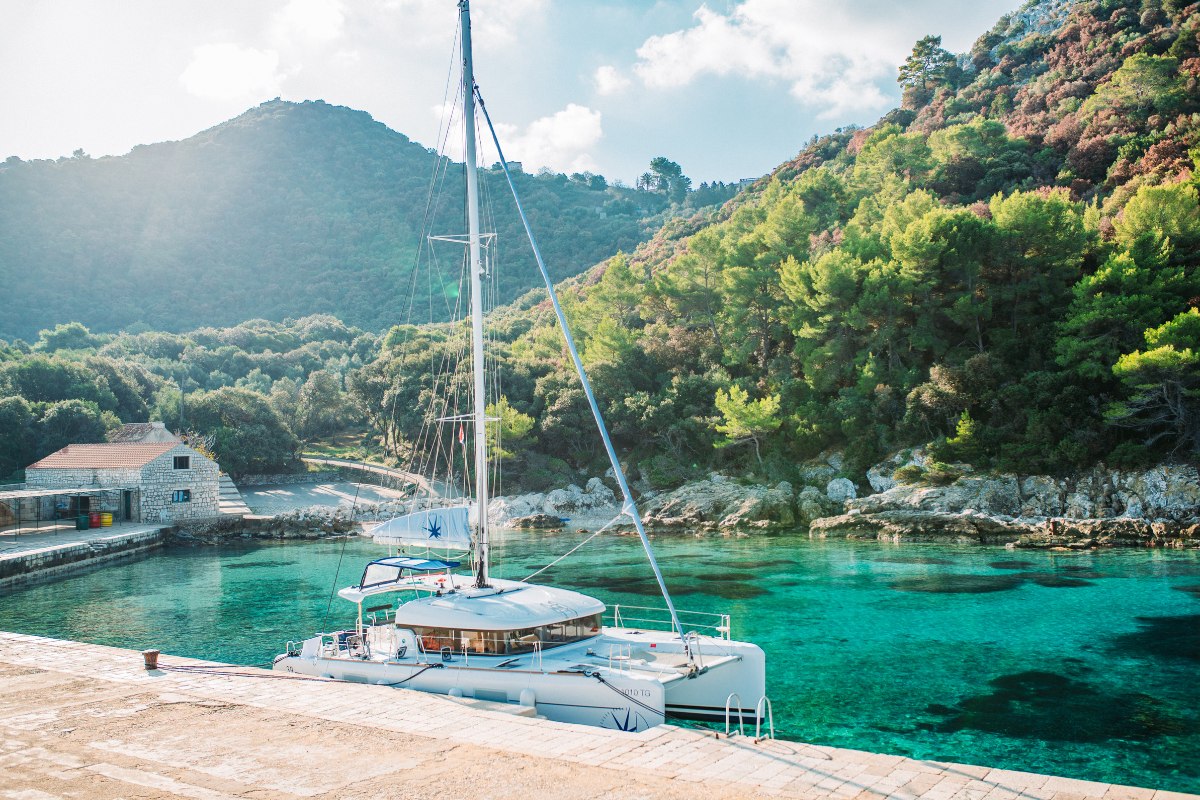
Catamaran, one of the most popular boat types for charters in Croatia
2. Sailing Routes and Itinerary for Yacht Charter in Croatia
Crafting the perfect sailing itinerary is key to maximizing your Croatian yacht charter experience. Whether you prefer a leisurely cruise along the Dalmatian Coast or an adventurous journey through the islands of Kvarner and Istria, there's a route to suit every taste. Explore the vibrant nightlife of Hvar, indulge in the gastronomic delights of Korčula, or anchor in the secluded bays of Brač for a tranquil escape – the possibilities are as vast as the Adriatic itself.
Find inspiration for your sailing itinerary here.
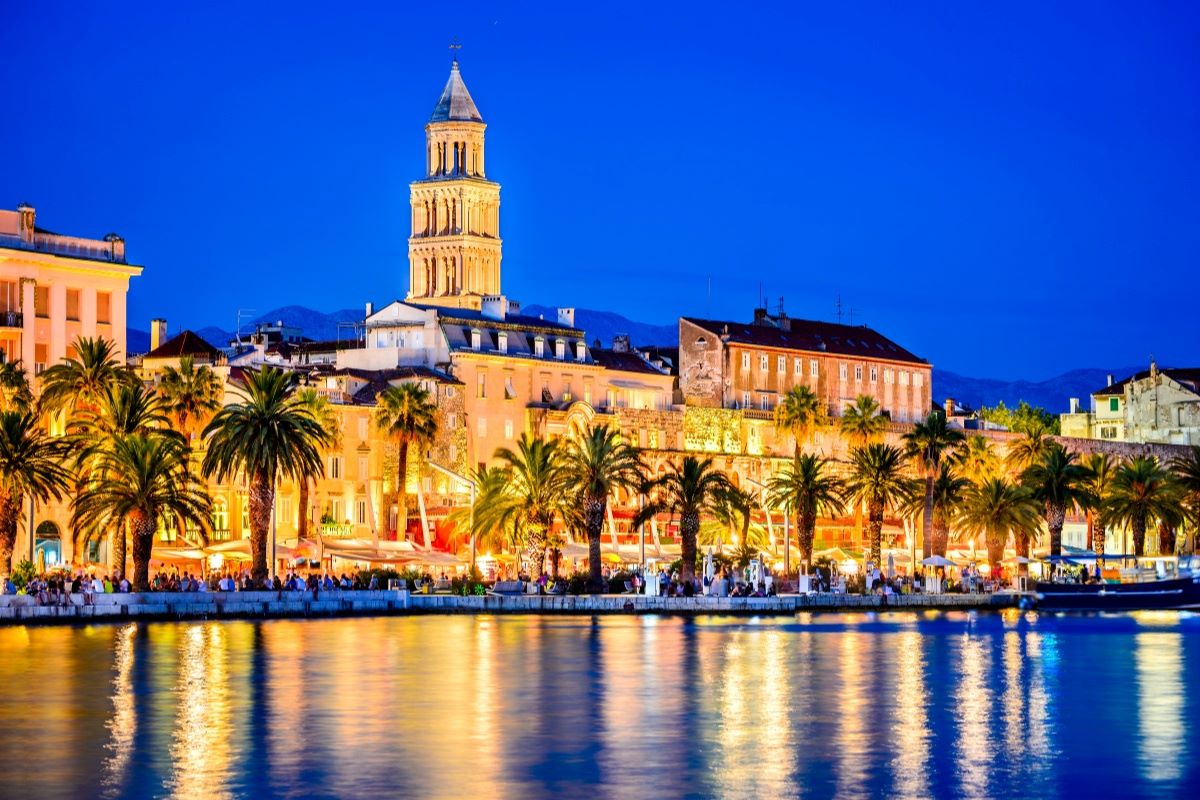 Split, one of the most popular starting points for yacht charter in Croatia
Split, one of the most popular starting points for yacht charter in Croatia
3. When is the best time for a yacht charter in Croatia?
The Croatian coast and islands enjoy a Mediterranean climate, making it an ideal year-round destination for yacht charters. The sailing season in Croatia starts in April and ends in October.
3.1. High Season
However, the summer months (June to September) are the most popular, offering warm temperatures, clear skies, and calm seas. Please note that this peak season attracts higher demand, so booking well in advance is recommended to secure your preferred yacht and itinerary. During the summer, the average temperature is around 25°C, and the sea temperature is a pleasant 22°C, making it ideal for swimming, diving, and other water sports.
3.2 Shoulder and Off-Season
While Croatia's high season, from June to August, lures yacht enthusiasts with its warm weather and bustling atmosphere, those in the know understand the allure of exploring the Adriatic off-peak. The months outside the high season, April, May, September, and October present a different but equally enchanting experience for those seeking a more serene and authentic yacht charter in Croatia. One of the most compelling reasons to consider a yacht charter in Croatia during the low season is the cost savings.
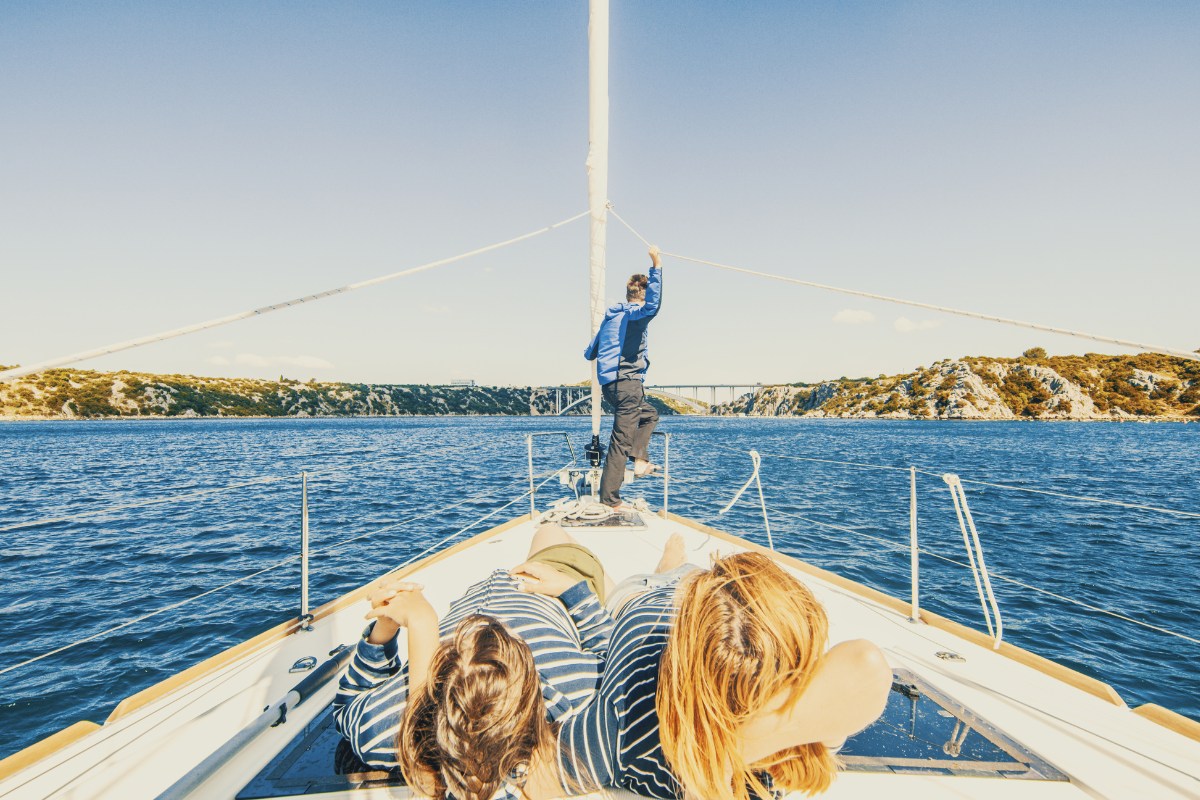
4. Sailing regions in Croatia
Croatia's Adriatic is divided into three main sailing regions, each with its unique attractions: the North Adriatic, the Middle Adriatic, and the South Adriatic. The Adriatic's main yacht charter bases are in Split, Trogir, Šibenik, Biograd, Zadar, Pula, and Dubrovnik. From these bases, you can charter and sail on any vessel: sailboat, catamaran, motorboat, luxury motor yacht, or traditional gulet.
-
The North Adriatic Yacht Charter
The North Adriatic region includes Istria, Kvarner, and the islands of Cres, Lošinj, and Krk. This area is known for its picturesque fishing villages, charming towns, and stunning natural beauty. Highlights include the city of Rovinj, with its narrow streets and Venetian architecture, and the island of Cres, with its ancient olive groves and crystal-clear waters. Discover more.
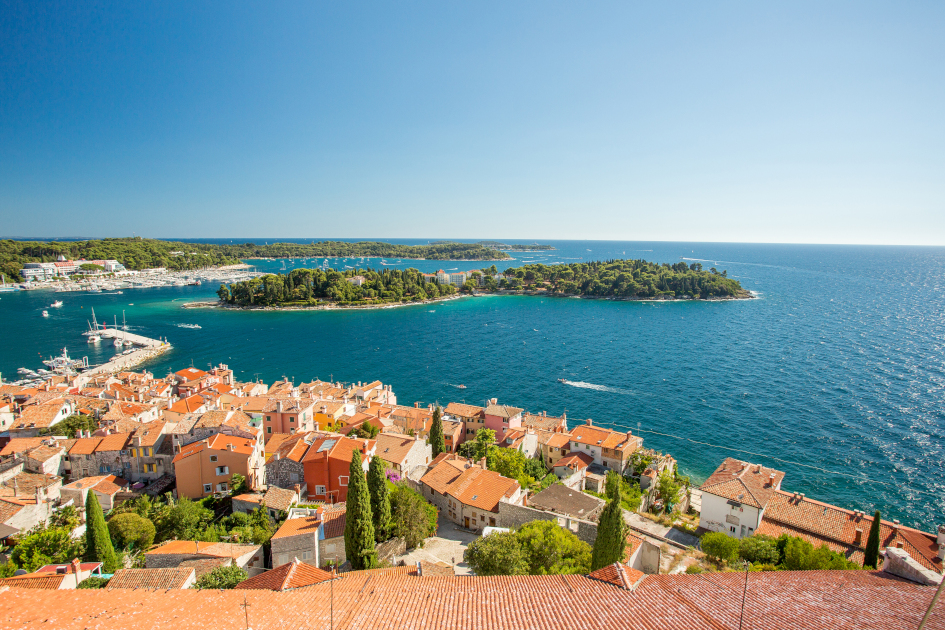
Rovinj
-
The Middle Adriatic Yacht Charter
The Middle Adriatic region encompasses Dalmatia, including Split, Trogir, Zadar, and its archipelago, as well as Šibenik and its surrounding islands, such as Šolta, Brač, Hvar, and Vis. This area is known for its rugged coastline, crystal-clear waters, and vibrant nightlife. Highlights include the historic city of Split with its UNESCO-listed Diocletian’s Palace, the stunning Blue Cave on the island of Biševo, and the chic town of Hvar with its trendy bars and restaurants. Discover more.
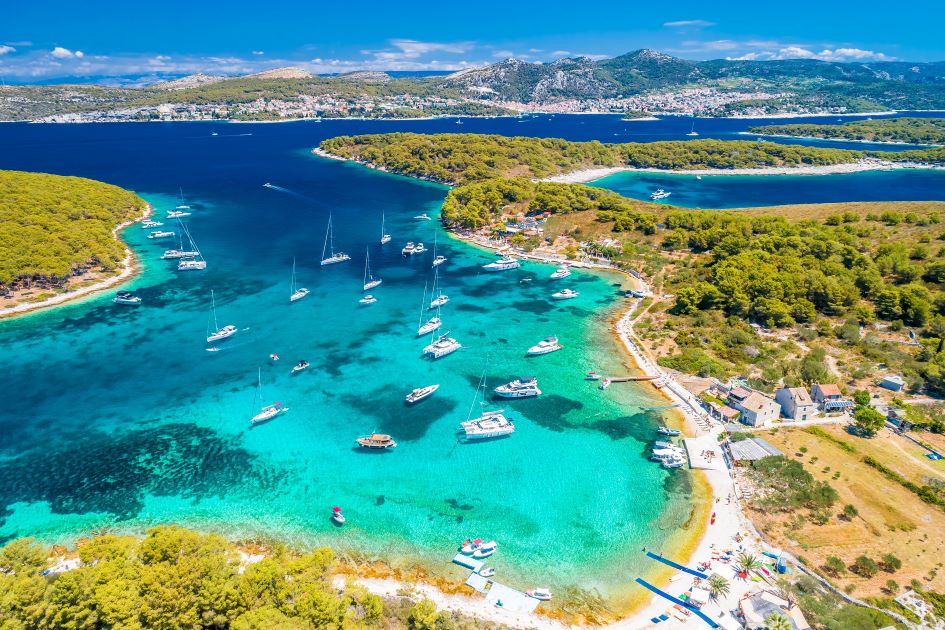 Pakleni islands, Hvar
Pakleni islands, Hvar
-
The South Adriatic Yacht Charter
The South Adriatic region encompasses Dubrovnik and the islands of Korčula, Mljet National Park, the Elaphites, and Lastovo. This area is known for its stunning natural beauty, ancient architecture, and rich cultural heritage. Highlights include the walled city of Dubrovnik, with its marble streets and baroque buildings, the island of Korčula, featuring its picturesque old town and vineyards, and the stunning saltwater lakes of Mljet National Park. Discover more.
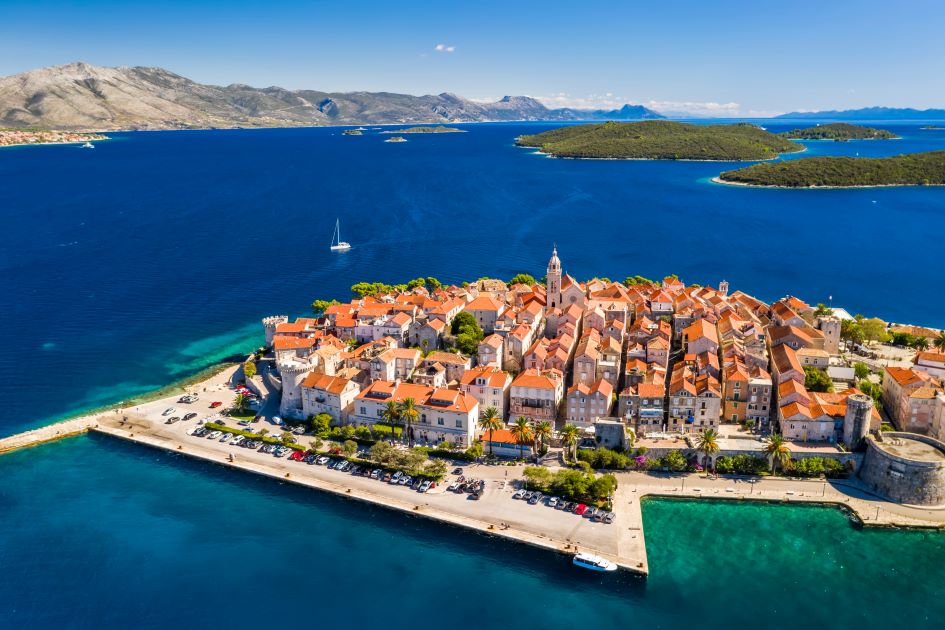 Korčula town
Korčula town
5. Exploring Natural Gems
One of the most compelling reasons to embark on a yacht charter in Croatia is the opportunity to explore its myriad islands. The Kornati Islands, a nautical wonderland comprising 89 islands, is a UNESCO-protected national park renowned for its pristine beauty. Alternatively, sail to the lush and secluded Mljet, home to a stunning national park and the tranquil St. Mary's Monastery. Regardless of your chosen route, each island has its unique charm waiting to be discovered.
Croatia is proud to have one of the Mediterranean's most preserved natural environments and seas. Eight national parks are the biggest treasures Croatia has. Four National Parks are inland: North Velebit, Risnjak, Paklenica, and Plitvice Lakes. You can visit the other four parks by boat: National Park Krka, Brijuni, Mljet, and the Kornati. Find out more about sailing to the National Parks of Croatia.
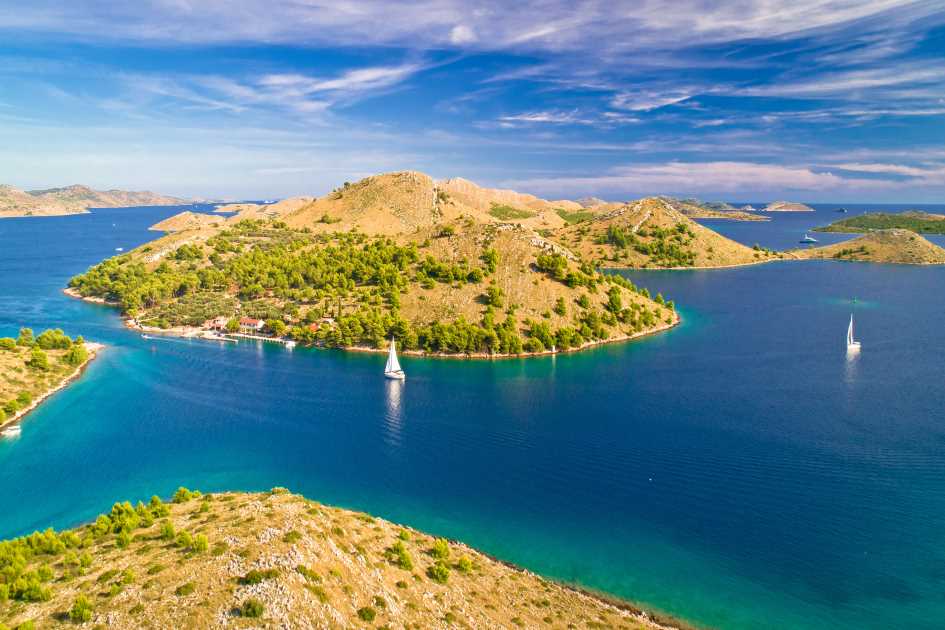
National Park Kornati
6. Exploring Cultural Gems
A journey to Croatia will take you back through time as you discover centuries-old traditions and the remnants of the civilizations that have passed through and taken root in this remarkable land.
Numerous rulers and authorities have left behind traces and monuments that are preserved to this day. The cultural influence of former rulers (Romans, Venetians, Turks, Austrians) is still present.
The most famous ancient monuments in Croatia include the Roman Amphitheater in Pula, the Diocletian Palace in Split, Salona, the Old Town of Dubrovnik, and the Old Town of Trogir, among many others. Croatia is rich in cultural and historic buildings and traditions that are part of the world's cultural and historical heritage and are protected by UNESCO.
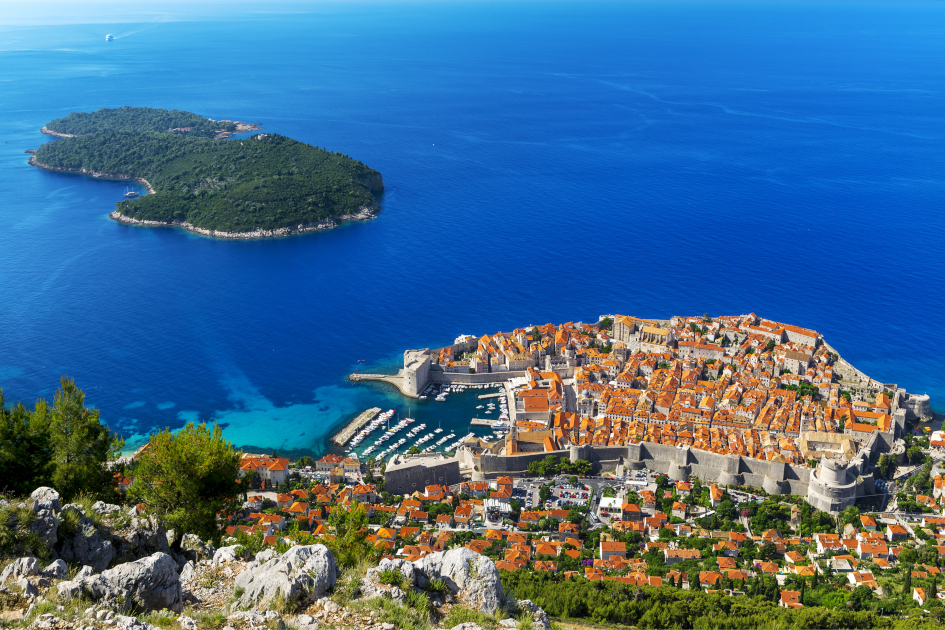 Dubrovnik
Dubrovnik
7. Culinary Delights and Local Cuisine
No exploration of Croatia is complete without indulging in its delectable cuisine. Yacht charters offer the perfect opportunity to savor local delicacies, from fresh seafood and Mediterranean-inspired dishes to world-class wines. Dock in quaint fishing villages, where you can dine in charming seaside taverns, or anchor in secluded coves and enjoy a private chef-prepared feast on the deck of your yacht. The culinary adventure is as much a part of the journey as the sailing itself.
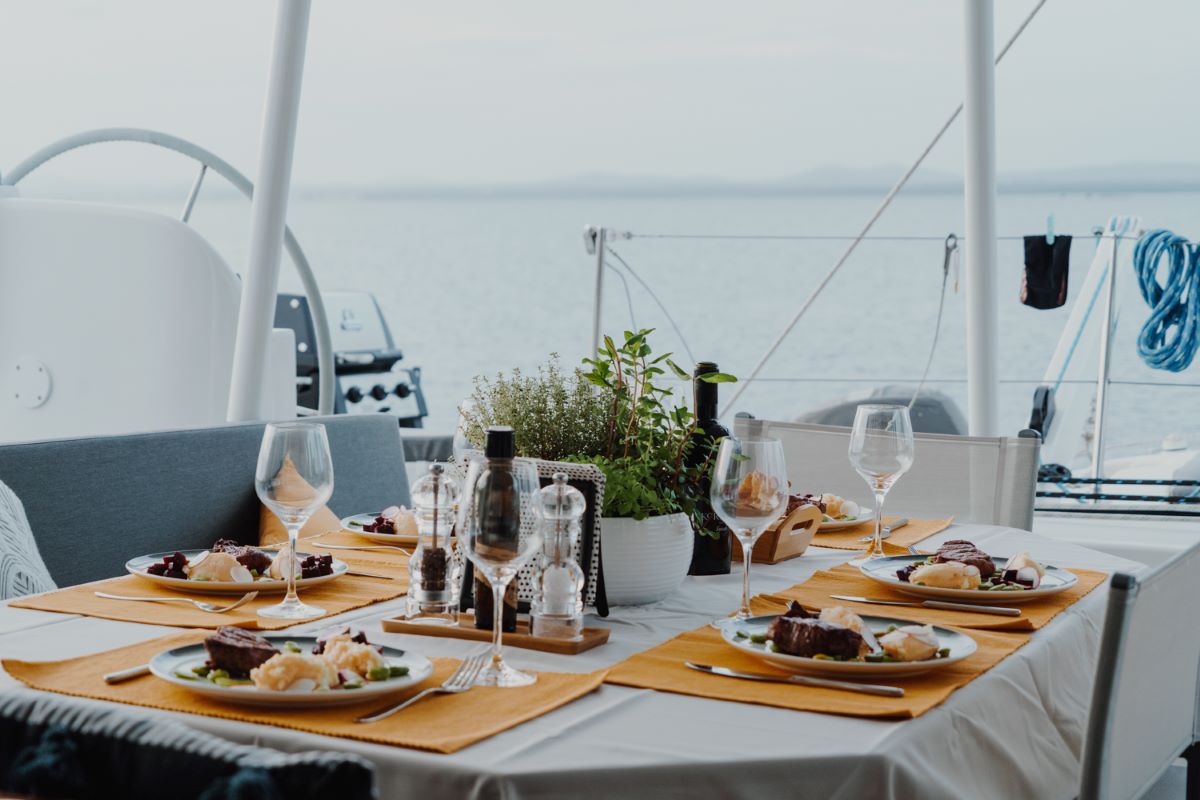
Lunch on board Luxury Catamaran "Mala"
8. General Info and Practical Tips for Yacht Charter in Croatia
8.1. What type of sailing/skipper certificate do you need to charter a yacht in Croatia?
If you plan to charter a bareboat yacht in Croatia, the most important thing is that the skipper has adequate sailing and navigational experience for the boat's size and tonnage. This is crucial for chartering a bareboat sailing yacht, catamaran, or motorboat in Croatia. Besides experience, it is necessary to have a skipper qualification/license. For more information about bareboat charters in Croatia, please visit this link.
Of course, if you don`t have the required skills and certificates, we can help you charter a yacht with a professional skipper, or fully crewed.
Before setting sail, it's crucial to familiarize yourself with the practicalities of yacht chartering in Croatia. Understanding the local regulations, weather patterns, and navigation rules is essential for a safe and enjoyable journey. Additionally, charter companies typically provide comprehensive briefings on the yacht's operation and safety procedures, ensuring that even novice sailors can navigate the Adriatic waters with confidence.
8.2. Croatia General Info
- Capital: Zagreb (806.341 inhabitants)
- Inhabitants: 4,058 million (2020.)
- National territory: The Croatian national territory totals 56.594 km2, with 31.479 km2 of coastal waters for sailing, swimming, and diving
- Coastline: 6.278 km
- Euro. You can exchange money at banks, bureaux de change, post offices, and at almost all travel agents, hotels, and campsites in any country. Most establishments and ATMs also accept credit cards, including Visa, MasterCard, American Express, and Diners.
- Emergency number: 112 NATIONAL HEADQUARTER FOR SEARCH AND RESUE AT SEA MRCC 24/7 phone: (+385 1) 195
- Power Supply: 220 V / 50Hz
- International airports in Croatia: Zagreb, Zadar, Split, Dubrovnik, Pula, Rijeka, Lošinj, Bol, Osijek
- Travel Documents
8.3 Travel Documents
Usually, the only form of ID required is a valid passport. And if you’re an EU citizen, you can also use your national ID card. For more information, please don't hesitate to contact any of our diplomatic missions or consular offices abroad, or visit the Ministry of Foreign Affairs and European Integration of the Republic of Croatia's website. Croatian customs regulations are largely in line with EU standards.
9. Yacht Charter with Pets on board
Pets are welcome in Croatia! If you wish to bring your four-legged friend to accompany you on a yacht charter, they only need to pass a brief examination before entering the country. Of course, pets are not allowed in all accommodation types. When booking accommodation in a hotel, villa, or yacht, please check and confirm if pets are allowed. In most cases, you`ll have to pay an extra cleaning fee.
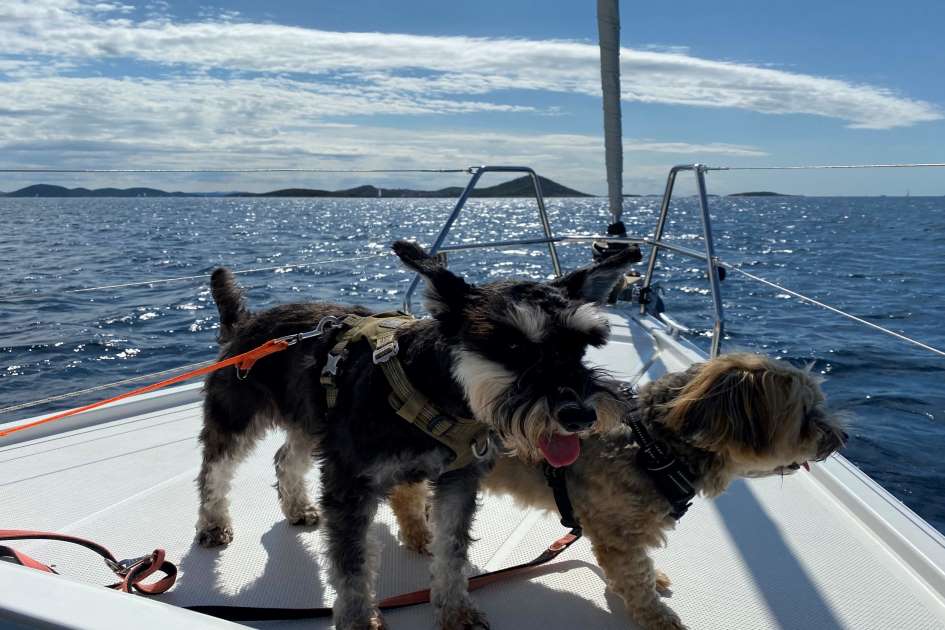
Croatia is an excellent yacht charter destination, offering stunning coastlines, vibrant culture, and fascinating history. Whether you are looking to spend your holiday with family and friends or a memorable honeymoon, don`t think twice.
So why not plan your next sailing adventure in Croatia and discover the Adriatic's best-kept secret?
Book a Yacht Charter in Croatia today and enjoy a memorable sailing experience! Your dream yacht vacation is just a few clicks away.




